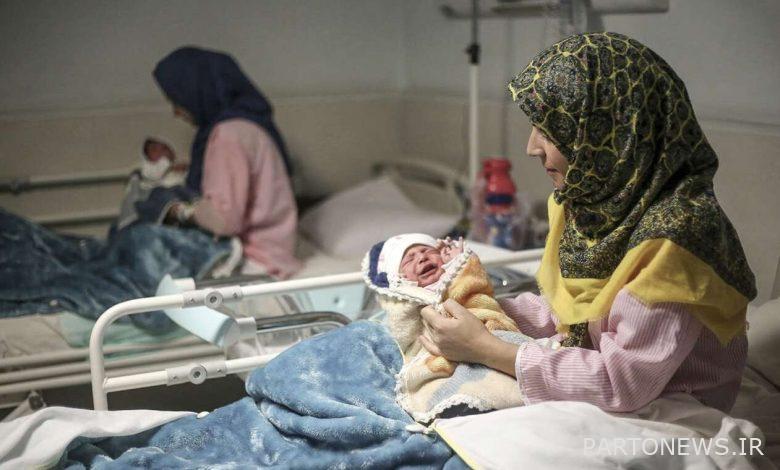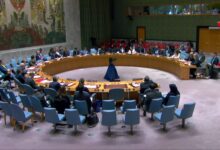Paying the 130 million loan for having children/who are the beneficiaries?

According to Tejarat News, the Central Bank issued a circular yesterday Mortgage Promulgated the youth law of the population. According to this circular:
A) Households that have or will have two children after 1399, 130 million Tomans
b) Households that have or will have a child after 1399, 110 million Tomans
c) Two-person households (husband and wife) receive 70 million tomans of housing loans.
This loan is paid in the form of the youth law of the population and is separate from the mortgage loan that any person can receive.
Conditions for receiving a mortgage loan for children
Childbearing loan It is paid by six banks: Housing, Agriculture, Export, Trade, Cooperative Development and Post Bank State Company. The repayment period of this loan is a maximum of 10 years. in terms of payment loanthe annual interest and fee of the loan are not mentioned, but other loans that are supposed to be paid in the form of the youth law of the population are in the form of Qarz al-Hasna loan, it is expected that this loan is also Qarz al-Hasna.
But what are the conditions for getting a loan? Getting this loan is based on the creditworthiness of the applicants, and if the creditworthiness of the person is approved, a promissory note and a valid guarantor are needed to guarantee the loan.
Also, one of the important conditions for paying this loan is that the applicant has no housing and has not used any of the housing bank’s facilities.
But is this loan only for buying housing or a deposit? As announced by ISNA Childbearing loan It can be spent on buying, building a house, or as a deposit, and this depends on the household’s demand.
But the noteworthy point is that although the story of paying childbearing loans has been raised in different formats and titles since last year, many applicants say that they have not yet succeeded in receiving any of these types of loans.
On the other hand, not all families with children are eligible for all types of youth loans, and this facility is only available to families whose birth rate in the city where the child and father live is less than 2.5.

